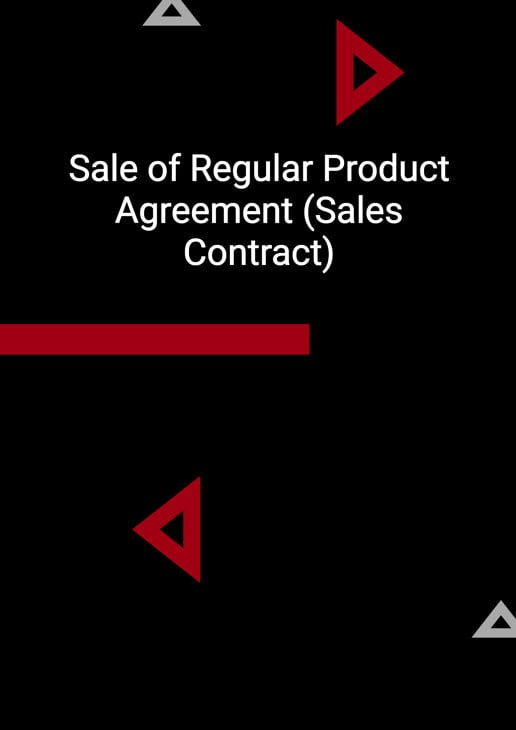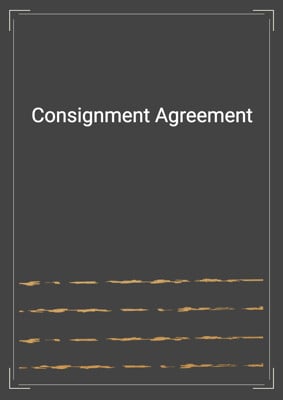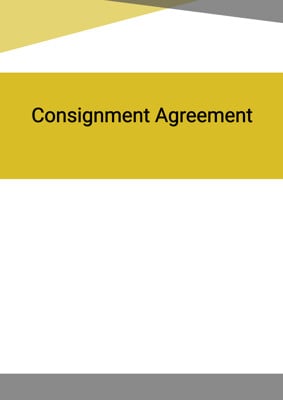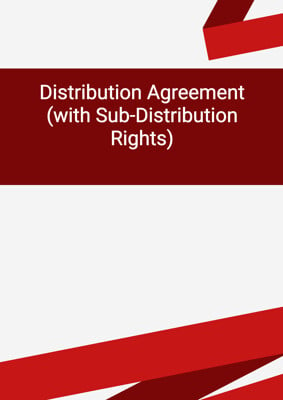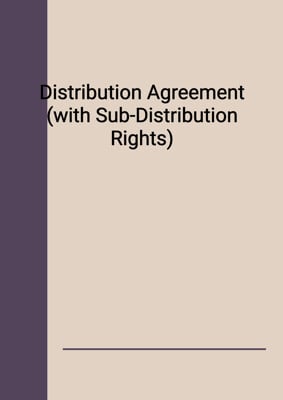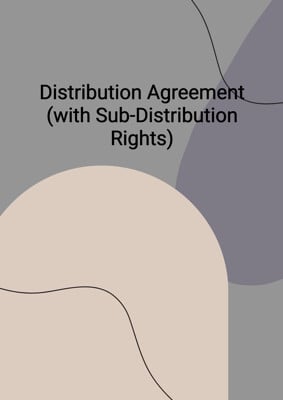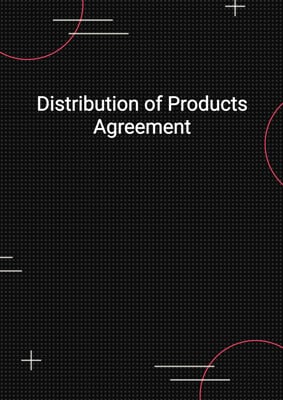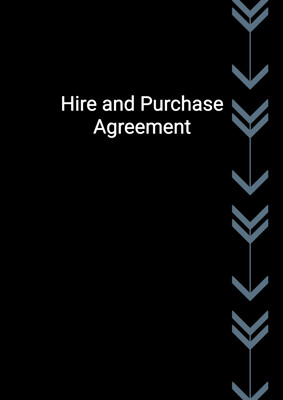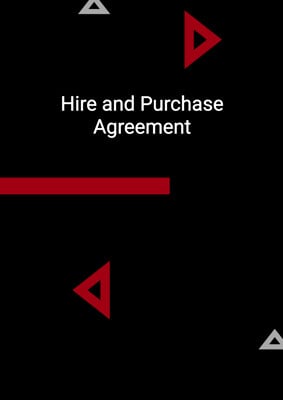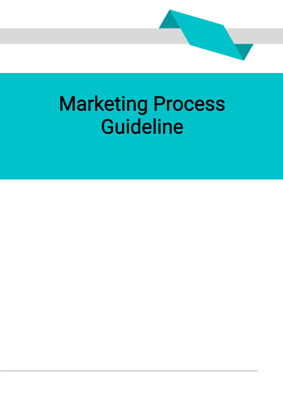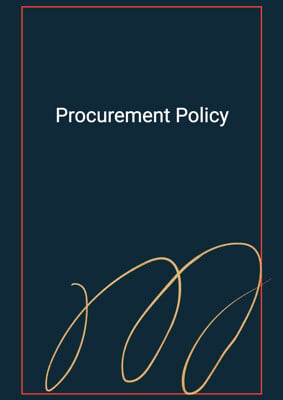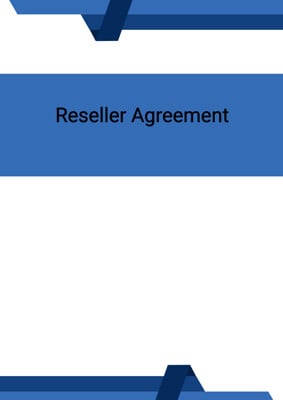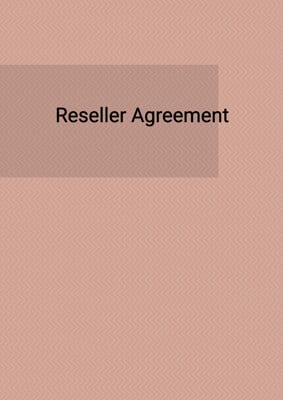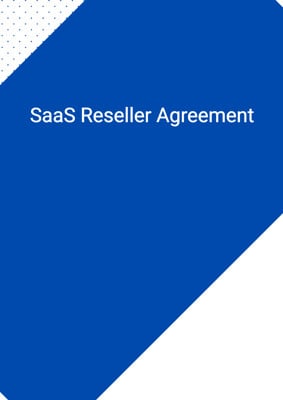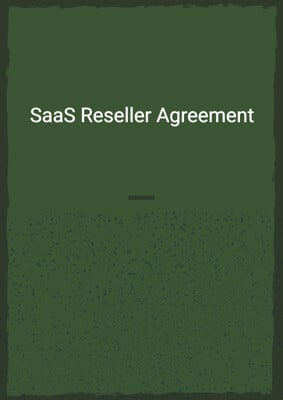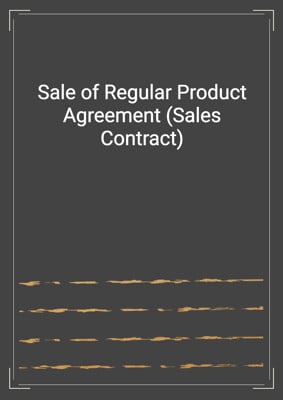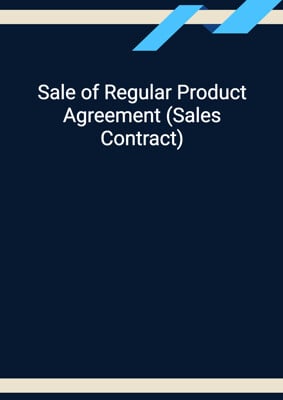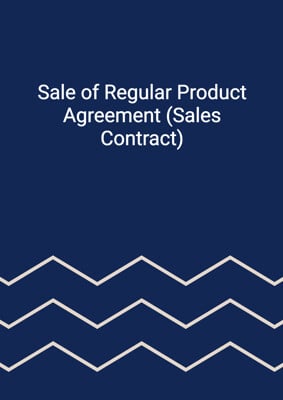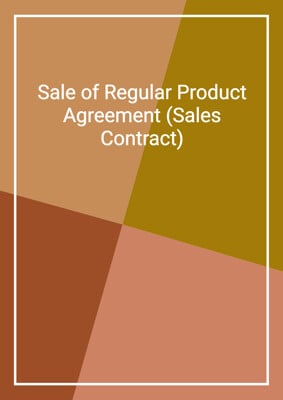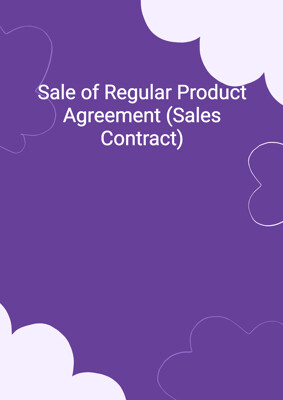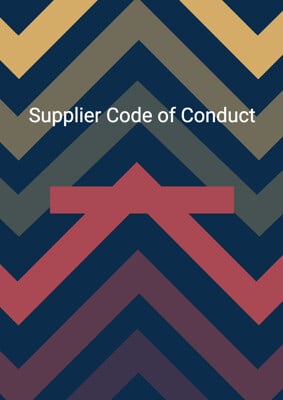How to Tailor the Document for Your Need?
01
Create Document
Fill in the details of the parties. You can click the "Fill with Member’s Information" button to complete it with information saved to your account.
02
Fill Information
Please fill in any additional information by following the step-by-step guide on the left hand side of the preview document and click the "Next" button.
03
Get Document
When you are done, click the "Get Document" button and you can download the document in Word or PDF format.
04
Review Document
Please get all parties to review the document carefully and make any final modifications to ensure that the details are correct before signing the document.
Document Preview
Document Description
The Sale of Regular Product Agreement (Sales Contract) is a legally binding document that outlines the terms and conditions of the sale and purchase of regular products between two parties. The agreement begins with a definition section, which clarifies the meanings of key terms used throughout the document. The headings in the agreement are for convenience only and do not affect its interpretation.
The agreement covers various aspects of the supply and purchase of products. The seller agrees to sell and the buyer agrees to purchase the products as ordered by the buyer. The seller may make improvements to the products to remain competitive and will provide the buyer with products embodying these improvements. The seller will also apply labels or identification codes to the products as requested by the buyer.
The agreement includes provisions for purchase orders. The buyer is required to transmit a written purchase order to the seller, specifying the identity and quantity of products, delivery schedule, prices, and shipping instructions. The buyer must place orders for at least a minimum percentage of the volume of products purchased in the base year.
Delivery of the products is the responsibility of the seller, who must use its best endeavors to deliver the products on the specified date. The seller is also responsible for packaging, shipping, and safe delivery of the products. The buyer has the right to inspect the products upon receipt and may return any non-conforming products to the seller.
Pricing for the products is set out in Schedule 2 of the agreement. The prices are firm for orders placed during the first month, but the seller may vary the prices for subsequent months with three months' notice. The prices are exclusive of packaging, carriage, insurance, and any applicable taxes.
Payment for the products is to be made by credit transfer within a specified number of days from the date of the invoice. The seller warrants that the products delivered will be free of defects in material and workmanship and agrees to replace any defective products.
The agreement also includes provisions for the exchange of confidential information, the right of inspection by the buyer, amendments to the agreement, subcontracting by the seller, assignment of rights and benefits, severability of provisions, and the settlement of disputes.
The agreement has a term of three years, with the option to renew for subsequent one-year terms. Either party may terminate the agreement upon written notice in the event of default or certain specified circumstances. Upon termination, neither party will have any further obligations under the agreement.
This is a brief summary of the Sale of Regular Product Agreement (Sales Contract). For a complete understanding of the rights and obligations of the parties, it is recommended to review the full text of the agreement.
How to use this document?
1. Provide information: Enter the Seller's and Buyer's information in the agreement, including their registered office addresses. This ensures that both parties are clearly identified.
2. Specify products and prices: List the products to be sold and their corresponding prices in Schedule 1 and Schedule 2 of the agreement. This ensures that both parties are aware of the products and their prices.
3. Agree on supply and purchase: The Seller agrees to sell and the Buyer agrees to purchase the products as ordered by the Buyer. This ensures that both parties are aware of their roles and responsibilities.
4. Submit purchase orders: The Buyer must transmit a written purchase order to the Seller, specifying the identity and quantity of products, delivery schedule, prices, and shipping instructions. This ensures that the Seller knows what products to deliver and when.
5. Inspect products upon receipt: The Buyer has the right to inspect the products upon receipt to ensure they conform to the requirements of the agreement. If any non-conforming products are found, the Buyer may return them to the Seller with a written explanation.
6. Make payment: The Buyer must make payment for the products within the specified number of days from the date of the invoice. Payment should be made by credit transfer in the agreed currency.
7. Maintain confidentiality: If the Seller and the Buyer exchange confidential information, it should be used solely for purposes consistent with the agreement. The receiving party should maintain the confidentiality of the disclosing party's information.
8. Resolve disputes amicably: If any dispute arises, the parties should use all reasonable endeavors to resolve it amicably. If a dispute cannot be resolved, it may be referred to the respective chairmen/chief executives of the parties.
9. Review and amend the agreement: The agreement may be amended or modified by a written instrument executed by both parties. Any amendments should be agreed upon and documented in writing.
10. Comply with termination provisions: The agreement has a term of three years, with the option to renew. Either party may terminate the agreement upon written notice in the event of default or certain specified circumstances. Both parties should be aware of their rights and obligations upon termination.
Please note that this guidance is a summary of the key steps and does not cover all provisions of the agreement. It is recommended to review the full text of the agreement for a complete understanding of the rights and obligations of the parties.
Not the right document?
Don’t worry, we have thousands of documents for you to choose from:
